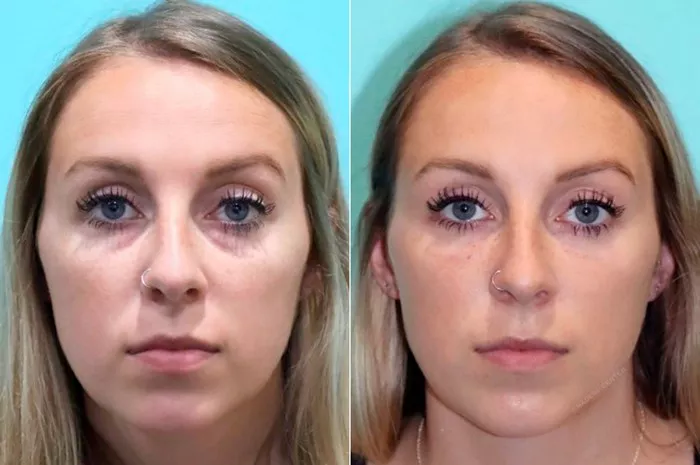Black moles, also known as melanocytic nevi, are a common type of mole that can appear on the face and other parts of the body. While most black moles are harmless, some may be a sign of skin cancer, so it’s important to monitor them and seek medical attention if they change in size, shape, or color. If you’re looking to get rid of black moles on your face for cosmetic reasons, there are several treatments available. In this article, we’ll explore some tips and treatments for getting rid of black moles on the face.
What Causes Black Moles on the Face?
Black moles on the face are caused by an overgrowth of melanocytes, the cells responsible for producing pigment in the skin. While the exact cause of black moles is unknown, they are thought to be the result of a combination of genetic and environmental factors, such as sun exposure and hormonal changes.
Black moles can appear at any age, but they are most common in childhood and adolescence. They can range in size from small and barely noticeable to large and prominent, and they may be flat or raised.
While most black moles are harmless, it’s important to monitor them for changes in size, shape, or color, as these may be a sign of skin cancer. If you notice any changes in your black moles, such as itching, bleeding, or crusting, or if they become painful or begin to grow rapidly, seek medical attention right away.
Tips for Preventing Black Moles on the Face
While there’s no surefire way to prevent black moles from forming on the face, there are several things you can do to minimize your risk:
Wear Sunscreen: Protecting your skin from sun damage is one of the most important things you can do to prevent black moles. Wear a broad-spectrum sunscreen with an SPF of at least 30 every day, even on cloudy days.
Avoid Tanning Beds: Tanning beds can increase your risk of developing black moles and other types of skin cancer. Avoid them altogether.
Wear Protective Clothing: If you’re going to be spending time outdoors, wear protective clothing, such as long-sleeved shirts, pants, and hats.
Stay in the Shade: When possible, stay in the shade during the sun’s peak hours, between 10 a.m. and 4 p.m.
Avoid Hormonal Changes: Hormonal changes, such as those that occur during pregnancy or puberty, can increase your risk of developing black moles. While you can’t avoid these changes altogether, you can talk to your doctor about ways to manage them.
Treatments for Getting Rid of Black Moles on the Face
If you’re looking to get rid of black moles on your face for cosmetic reasons, there are several treatments available. The best treatment for you will depend on the size, location, and number of moles you have, as well as your overall health and medical history. Here are some of the most common treatments for black moles on the face:
Excision: Excision is a surgical procedure in which the mole is cut out of the skin using a scalpel or other surgical instrument. The area is then closed with stitches. This is a relatively simple and quick procedure that can be done in a doctor’s office under local anesthesia. The downside is that it can leave a scar.
Shave Removal: Shave removal is a procedure in which the mole is shaved off the surface of the skin using a razor or other sharp instrument. This is a quick and easy procedure that can be done in a doctor’s office under local anesthesia. The downside is that it can leave a scar and may not be suitable for larger or deeper moles.
Laser Removal: Laser removal is a procedure in which a laser is used to break down the pigment in the mole, causing it to fade or disappear. This is a non-invasive procedure that can be done in a doctor’s office. The downside is that it can be expensive and may not be suitable for all types of moles.
Cryotherapy: Cryotherapy is a procedure in which the mole is frozen off using liquid nitrogen. This is a quick and easy procedure that can be done in a doctor’s office. The downside is that it can be painful and may not be suitable for all types of moles.
Chemical Peels: Chemical peels are a procedure in which a chemical solution is applied to the skin, causing it to peel and revealing smoother, more even-toned skin. This can help fade the appearance of black moles over time. The downside is that it can be expensive and may not be suitable for all types of moles.
Conclusion
Black moles on the face can be a cosmetic concern for many people, but there are several treatments available for getting rid of them. The best treatment for you will depend on the size, location, and number of moles you have, as well as your overall health and medical history. If you’re concerned about a black mole on your face, it’s important to seek medical attention to rule out skin cancer. By taking steps to protect your skin from sun damage and seeking treatment for black moles when necessary, you can enjoy a clearer, more even-toned complexion.


